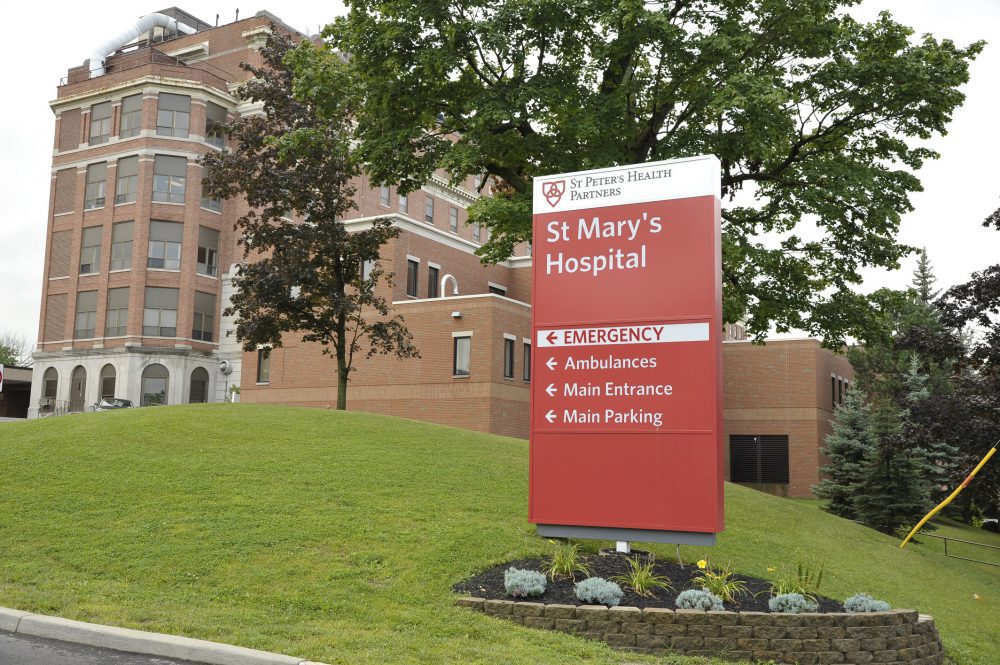
Start a new tradition at your family gatherings this holiday season – ask questions and take notes about your family’s medical history.
A good first step is to write down everything you know about your medical history. Collect information about your grandparents, parents, aunts and uncles, nieces and nephews, siblings, and children. The type of information to collect includes major medical conditions and cause of death, as well as the age of disease onset.
Things to look for in your family history that may increase risk:
- Diseases that occur at an earlier age than expected (10 to 20 years before most people get the disease);
- Disease in more than one close relative;
- Disease that does not usually affect a certain gender (such as breast cancer in a male);
- Certain combinations of diseases within a family (such as breast and ovarian cancer, or heart disease and diabetes);
- Health issues including heart disease, diabetes, asthma, cancer, learning or developmental disability, dementia, mental illness, miscarriage or infertility, and vision and hearing problems.
At your next annual physical, share this information with your primary care physician. Your physician will assess your disease risk based on your family history and other risk factors. From there, he or she may prescribe screening tests to detect disease early, or recommend lifestyle changes to help prevent disease.
Having a family medical history written down also creates a valuable tool that may be needed during an emergency. In times of crisis, family members may find themselves too overwhelmed to give accurate data, or find the patient is too ill to remember information that could assist in diagnosis and treatment.
The U.S. Surgeon General’s office has developed a web-based tool that helps users organize family medical information and then print it out for presentation to their physician. It also allows users to save their family history to their computer and share that information with other family members. To access the My Family Health Portrait Web tool, visit https://familyhistory.hhs.gov/
Most of us know we can reduce our risk of disease by eating a healthy diet, getting enough exercise, and not smoking. And even though you cannot change your genetic makeup, knowing your family history can help you make the right choices to reduce your risk of developing health problems down the road.
St. Peter’s Health Partners offers comprehensive health screenings at primary care and specialty care locations throughout the Capital Region. For more information, visit www.sphp.com and www.sphpma.com, or call 525-2CARE (525-2227).





